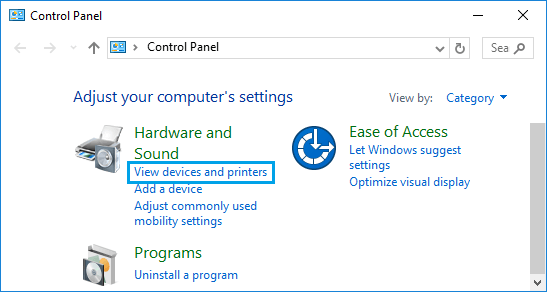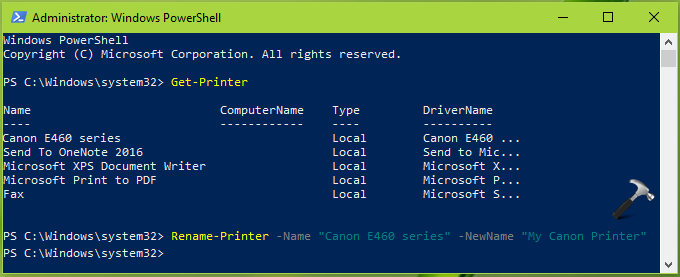

To change your printer’s settings, head to either Settings > Devices > Printers & Scanners or Control Panel > Hardware and Sound > Devices and Printers. In the Settings window, click a printer and click “Remove Device.” In the Control Panel, right-click a printer and select “Remove Device.” How to Change Printing Preferences You can remove a printer from here, too, if you like. For some printers, such as all-in-one printers, you might also need to visit the manufacturer’s website for drivers and apps that let you access the added functionality. If this doesn’t work, visit the printer manufacturer’s website to download and install the appropriate drivers or software package for your model of printer. However you install the printer, Windows will probably download the necessary printer drivers on the fly. Click the “Add a Printer” button to get started. You can also use the old interface at Control Panel > Hardware and Sound > Devices and Printers.


This opens the old Add Printer dialog, which lets you scan for older types of printers, directly connect to network printers, and add printers with custom settings. If Windows doesn’t find your printer automatically, click the “The printer that I want isn’t listed” link that appears. You should see your printer’s name appear here. Click the “Add a Printer or Scanner” button to search for nearby printers, whether they’re hooked up to your PC or connected to the network. If not there, it should be in the folder that’s actually called Owner.To add a printer, head to Settings > Devices > Printers & Scanners. When you open the Users folder, you’ll see your login name on the list of folders. The custom templates that you create or modify from one of Microsoft’s stock templates are stored at C:UsersOwnerDocumentsCustom Office Templates, where is your login name. How to format a custom stylesheet Where to find the template files on your computer Additional Text Effects include Shadow, Reflection, Glow, Soft Edges, and 3D Format.

Last on the list is Text Effects, which lets you define the color, gradient, pattern, outline, and transparency of a paragraph such as the title on the title page of a book or manual. Next is the Shortcut Key options, which lets you choose a custom Shortcut key for your Paragraph or Character style, such as Ctrl+B for bold (which is a Word default), or define your own. Bullets are also defined under this list choice, which provides standard and custom bullets.ġ0. Choose Numbering to define how you want the numbers to appear such as the standard Arabic numbers, Roman Numerals, or Characters how they are spaced and delineated such as with a period after or parentheses, etc. The Frame option is actually the Text Wrap feature, which includes how the text wraps around a graphic in a paragraph, the spacing around the graphic, and how it’s positioned on the page.


 0 kommentar(er)
0 kommentar(er)
